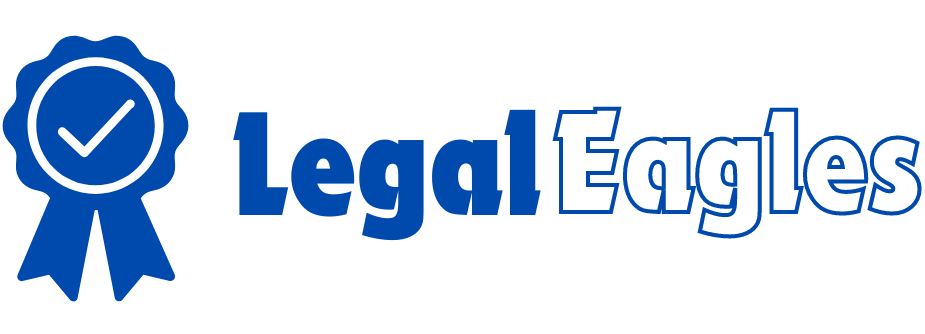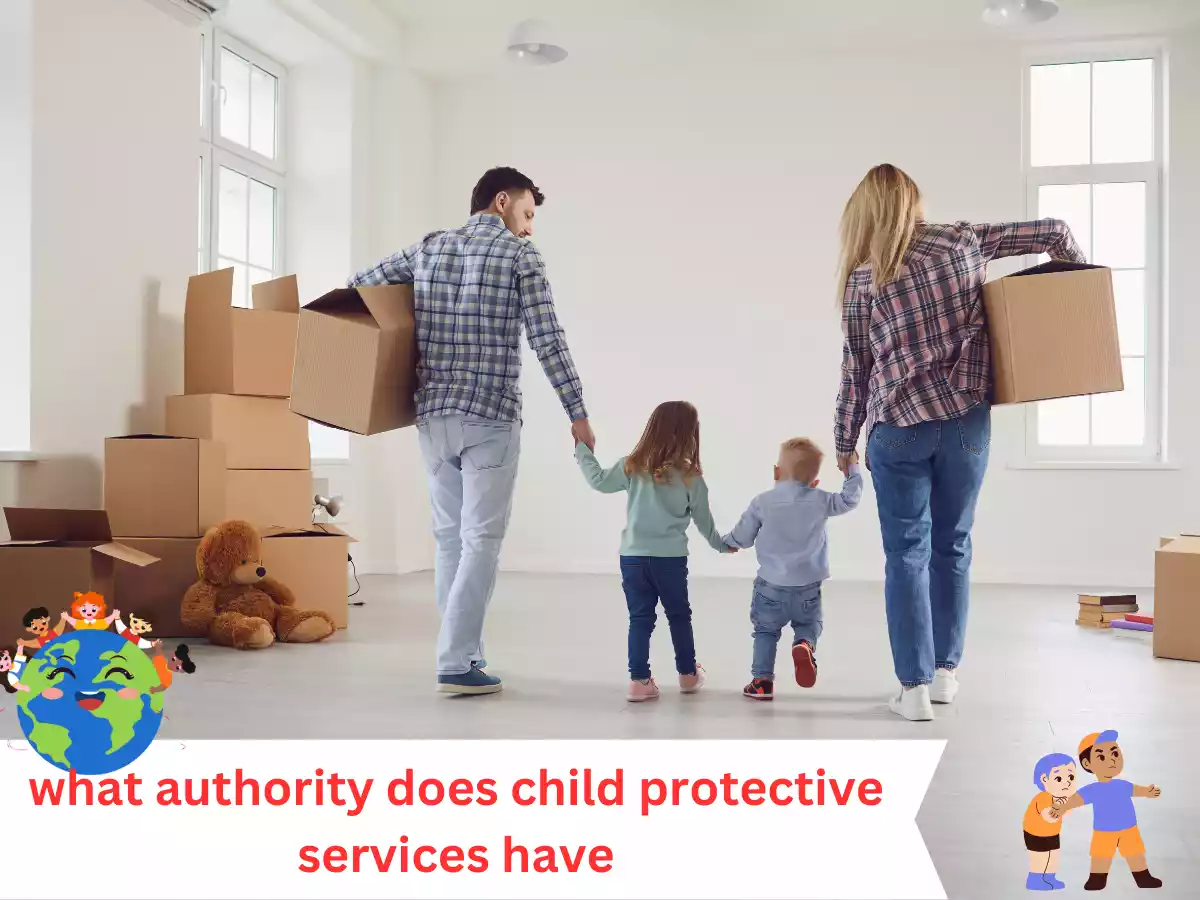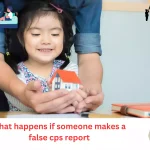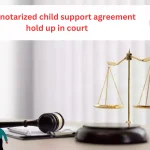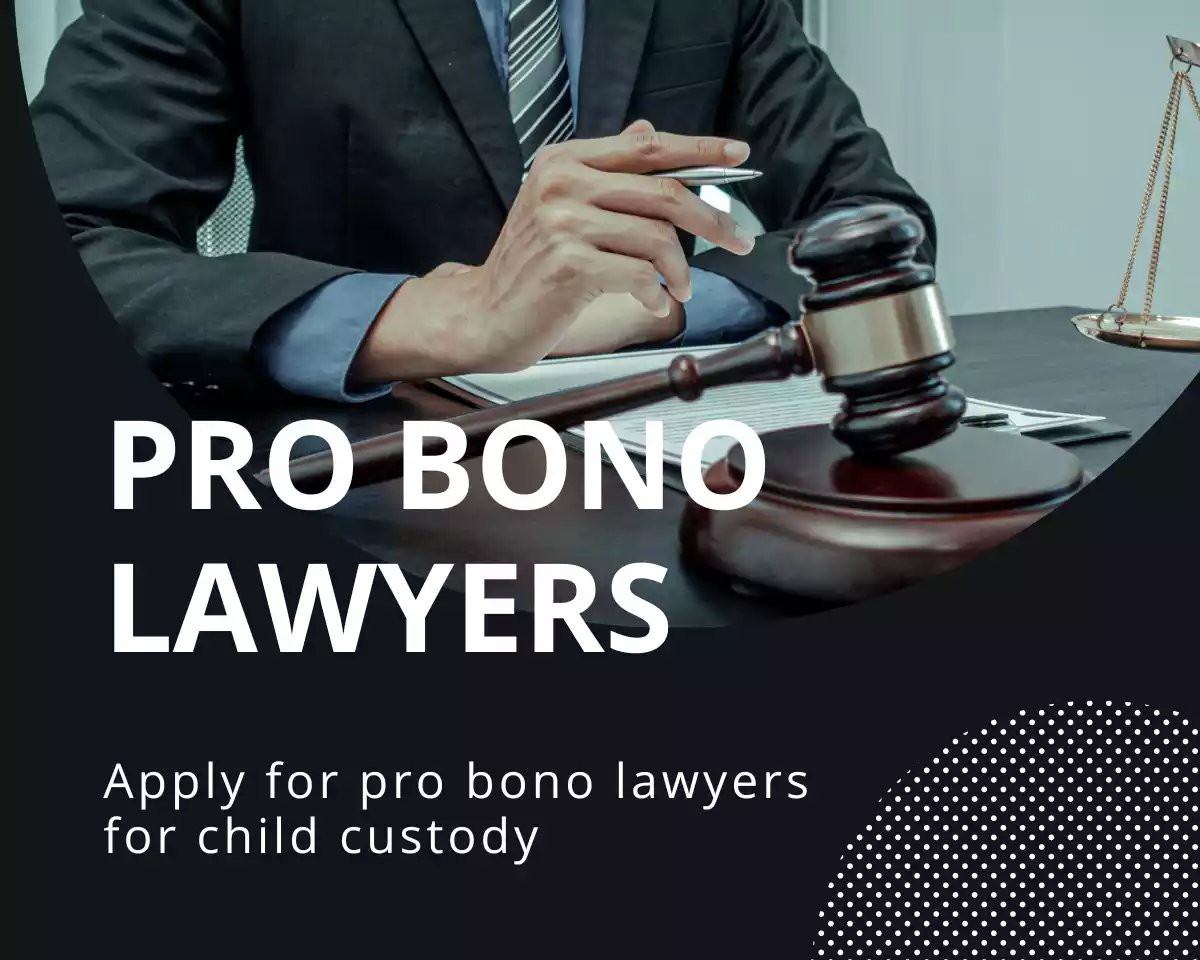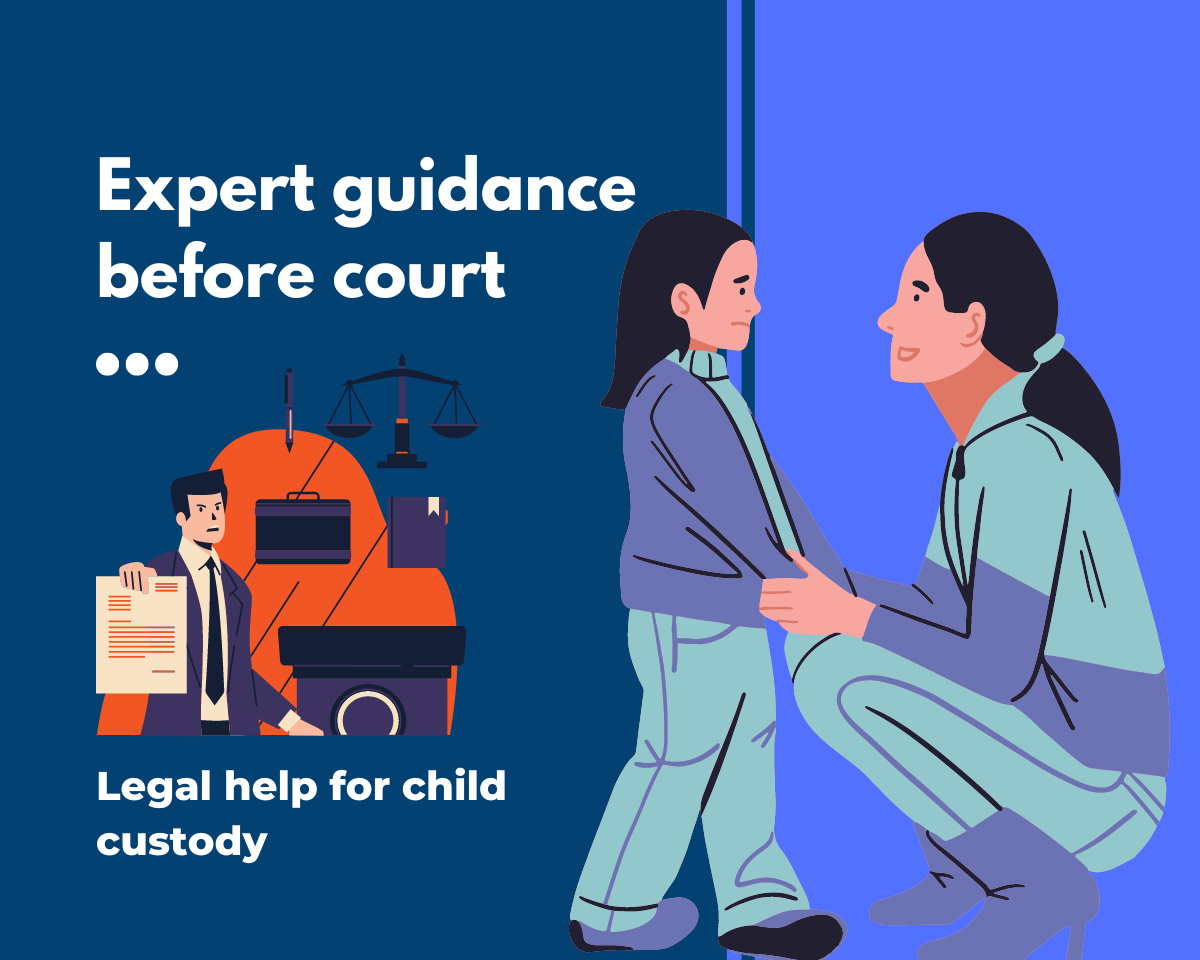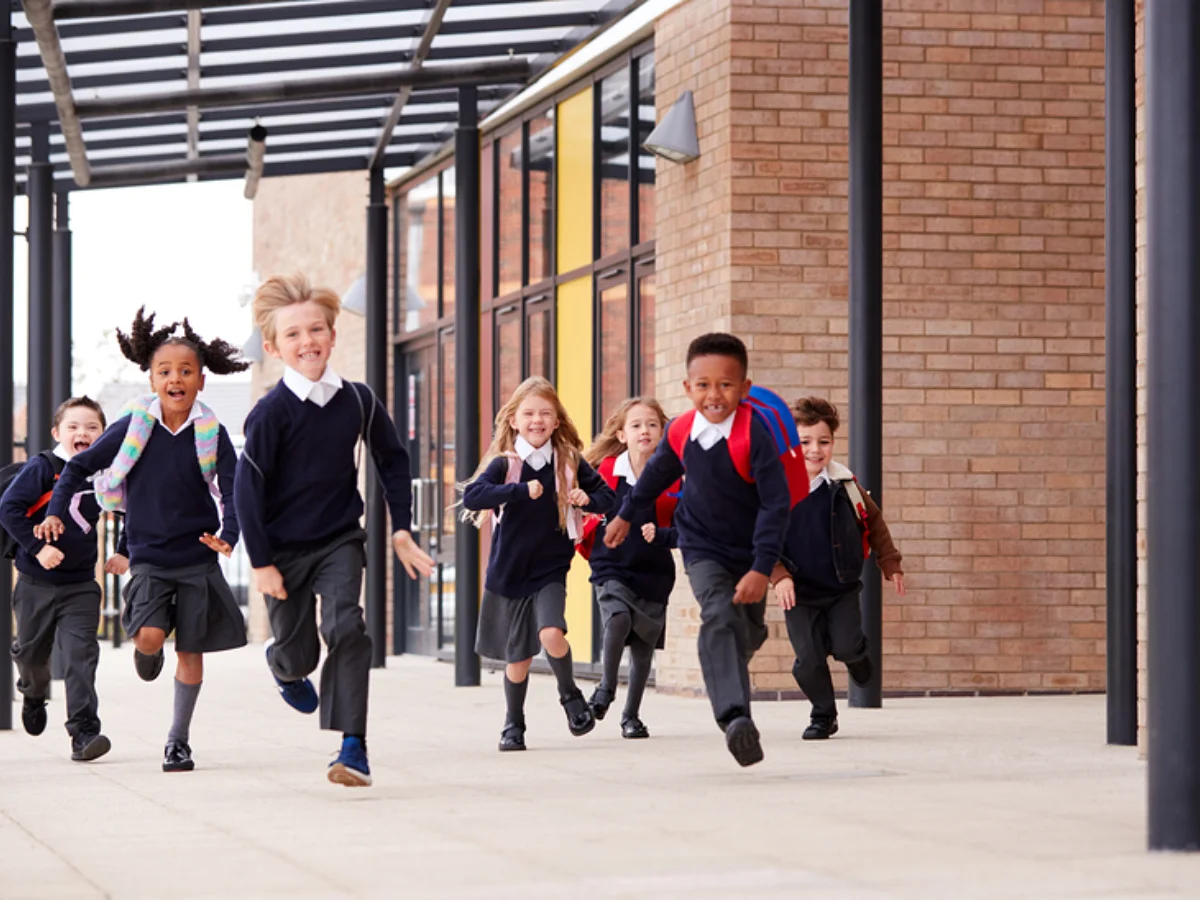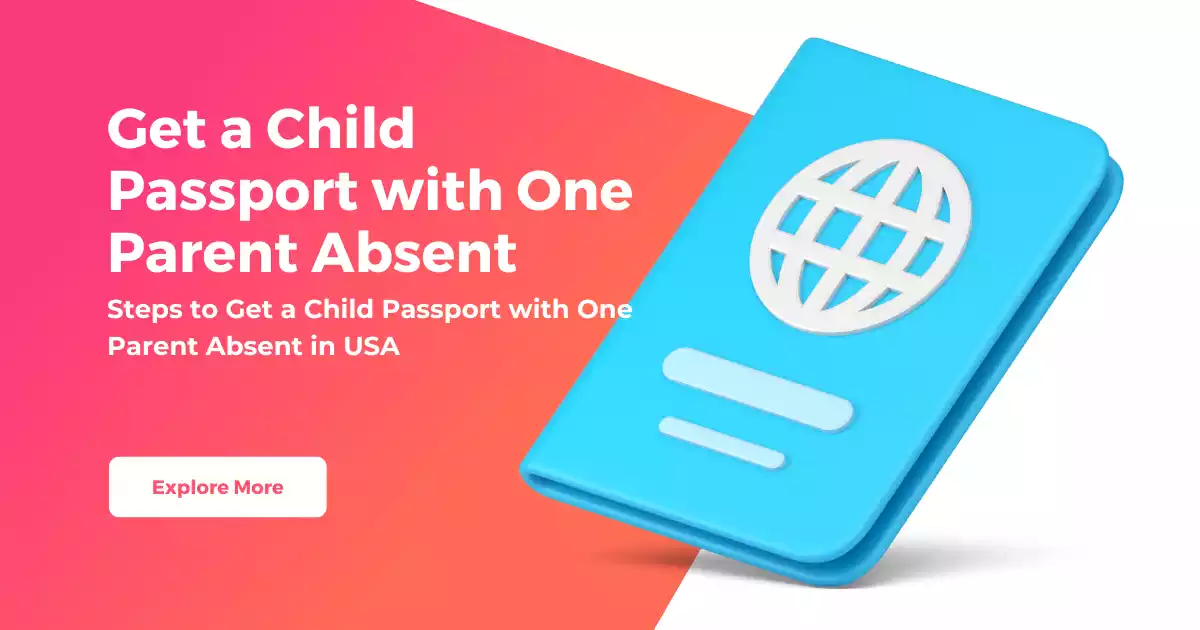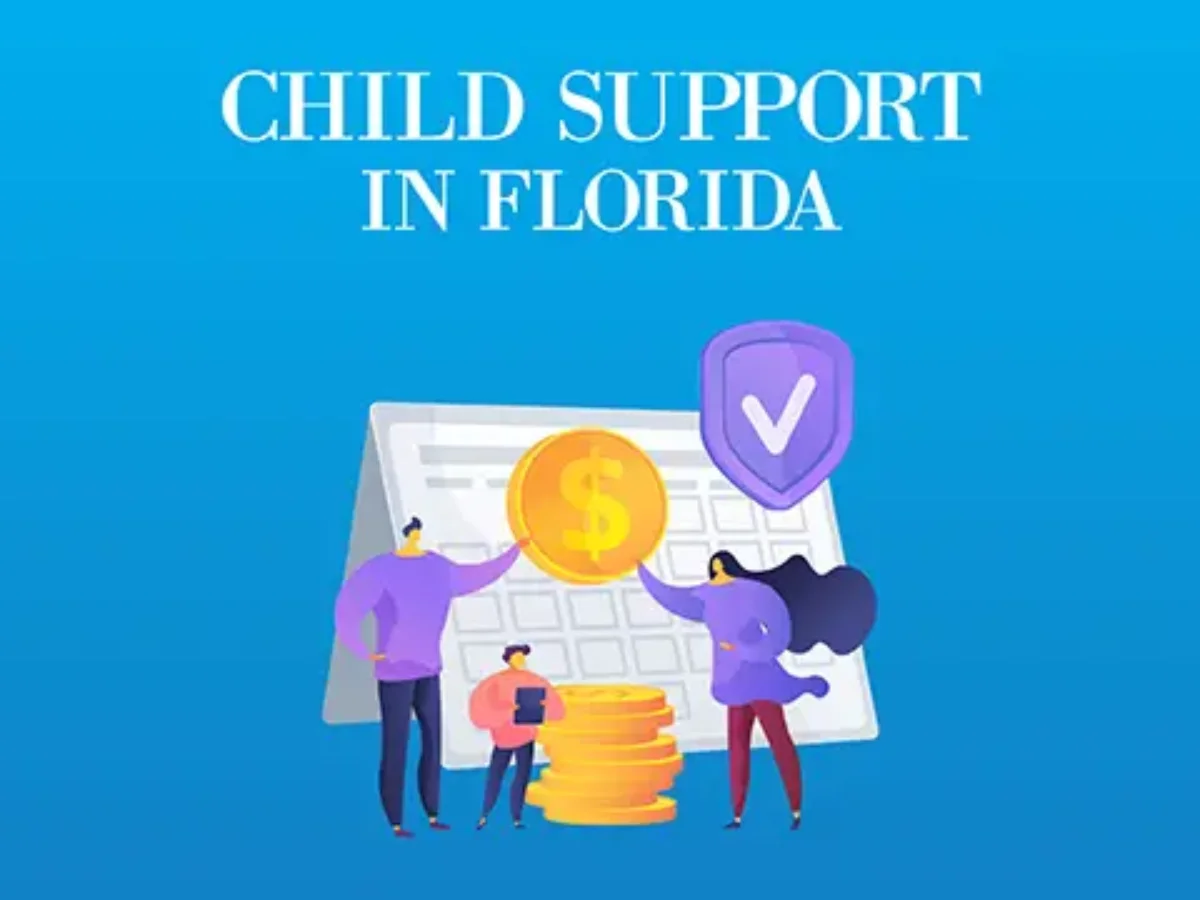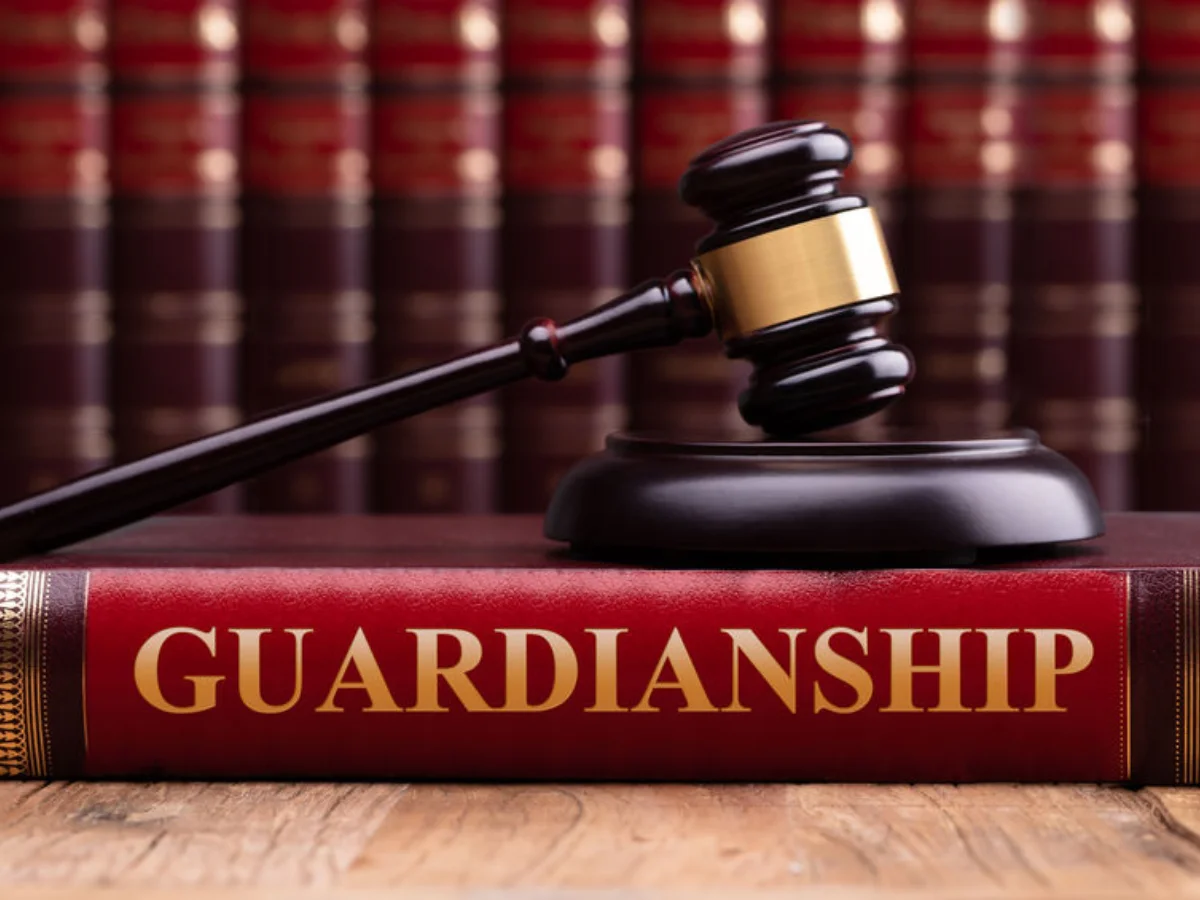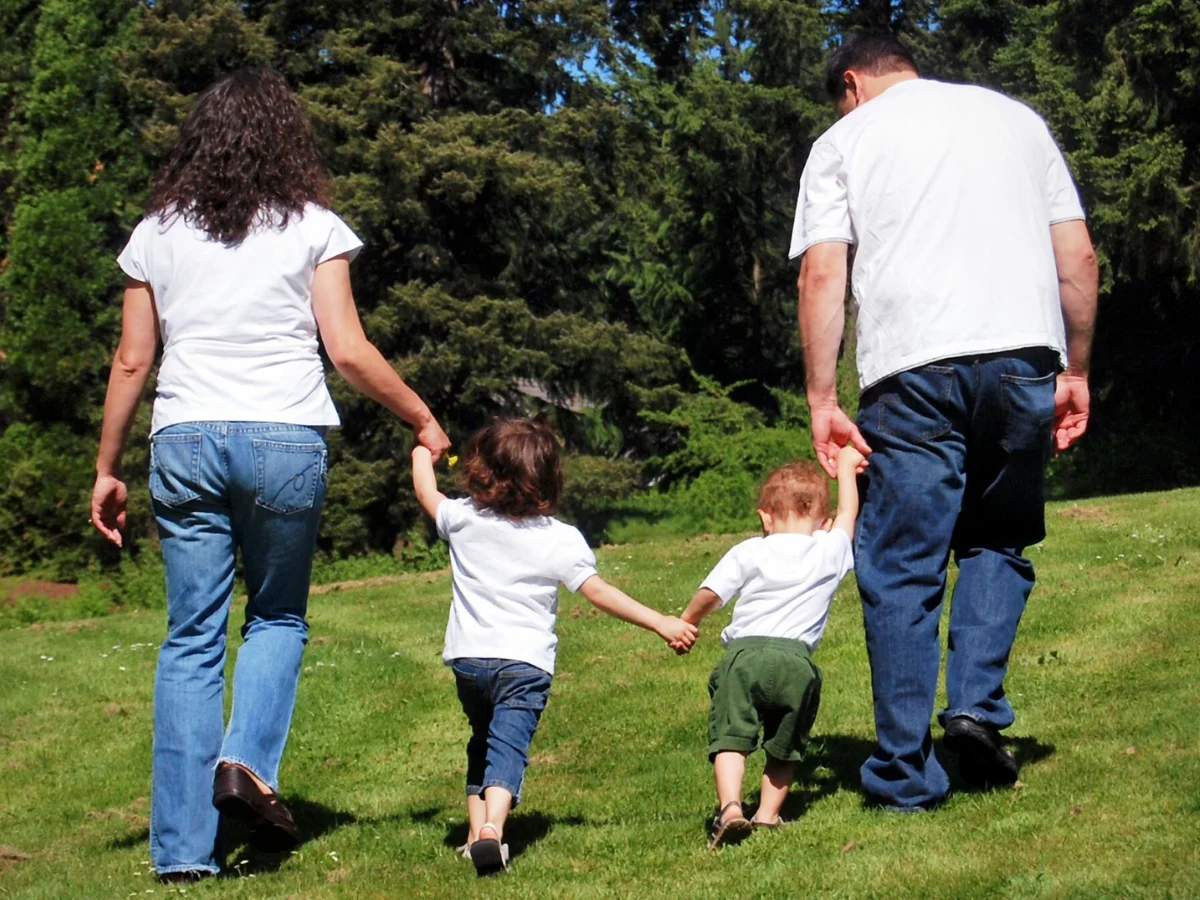Child Protective Services (CPS), also known as Child Welfare Services, plays a crucial role in safeguarding the well-being and safety of children. This article delves into the authority that Child Protective Services holds and the scope of its responsibilities. From investigating allegations of child abuse to providing support and intervention, CPS serves a vital function in protecting the most vulnerable members of our society.
Child Protective Services, often operating under various names depending on the jurisdiction, is a governmental agency tasked with the critical duty of ensuring the safety and well-being of children. They possess a wide range of authority and responsibilities aimed at protecting children from neglect, abuse, and dangerous environments.
Understanding Child Protective Services
CPS agencies are typically part of a state or county’s Department of Health and Human Services. Their primary mission is to investigate and assess reports of child abuse or neglect. CPS workers are trained professionals who are equipped to handle complex and sensitive situations involving children and families.
Investigating Allegations of Child Abuse
One of CPS’s key responsibilities is investigating allegations of child abuse or neglect. When reports are made, CPS assesses the credibility and seriousness of the allegations, often collaborating with law enforcement and other professionals to ensure a comprehensive evaluation.
Emergency Removal and Temporary Custody
In cases of immediate danger, CPS has the authority to remove a child from their home and place them in protective custody. This action is taken when there is a substantial risk to the child’s safety, and it is considered a last resort after careful evaluation.
Legal Authority and Due Process
CPS operates within a legal framework that respects the due process rights of both children and parents. Before taking any significant actions, such as removing a child from their home or initiating legal proceedings, CPS must follow established protocols and seek approval from the appropriate legal authorities.
Collaborating with Other Agencies
Child Protective Services often collaborates with law enforcement, medical professionals, schools, and community organizations. This multidisciplinary approach ensures a holistic assessment of a child’s well-being and allows for more effective interventions.
Providing Support Services to Families
CPS doesn’t solely focus on removing children from their homes; they also provide support services to families in need. These services can include parenting classes, counseling, substance abuse treatment, and housing assistance.
Reunification Efforts
When a child is removed from their home, CPS works toward reunifying the family whenever possible. This involves creating a plan for parents to address the issues that led to the removal and demonstrating their ability to provide a safe environment for the child.
Foster Care Placement
In situations where reunification is not possible or safe, CPS may place a child in foster care. Foster families are carefully screened and monitored to ensure the child’s well-being and development.
Termination of Parental Rights
As a last resort, CPS may seek the termination of parental rights if it’s determined that the parents are unable or unwilling to provide a safe and stable environment for the child. This process is rigorous and requires thorough legal proceedings.
Education and Advocacy for Children
CPS also plays a role in advocating for the educational and developmental needs of children in their care. They work to ensure that children have access to appropriate educational resources and support.
Confidentiality and Information Sharing
Confidentiality is a critical aspect of CPS’s work. They are bound by laws and regulations that dictate how information about children and families can be shared and accessed to protect their privacy and safety.
Challenges Faced by Child Protective Services
Child Protective Services operate in a complex and challenging environment. High caseloads, limited resources, and the emotional toll of dealing with child abuse cases can impact their ability to provide optimal care.
Public Perception and Criticisms
CPS often faces public scrutiny and criticism, with concerns ranging from the overreach of authority to the perceived mishandling of cases. It’s important to acknowledge these concerns while also recognizing the essential role CPS plays in child protection.
Conclusion
In conclusion, Child Protective Services holds significant authority and responsibility in safeguarding children from abuse and neglect. Their multifaceted approach, from investigating allegations to providing support services, underscores their commitment to the well-being of children and families. While challenges exist, the crucial work of CPS cannot be understated in ensuring a safe and nurturing environment for our most vulnerable population.
FAQs
- What is the role of Child Protective Services?
Child Protective Services is responsible for investigating allegations of child abuse and neglect, providing support services to families, and ensuring the overall well-being of children. - Can CPS remove a child from their home?
Yes, CPS has the authority to remove a child from their home if there is an immediate danger to the child’s safety. - Do parents have rights when dealing with CPS?
Yes, parents have rights during CPS investigations and proceedings, including the right to due process and legal representation. - How does CPS decide on foster care placement?
CPS carefully assesses potential foster families and considers the child’s safety and well-being when making placement decisions. - Is CPS confidential?
Yes, CPS is bound by confidentiality laws to protect the privacy and safety of children and families involved in their cases.
Contents
- 1 Introduction: what authority does child protective services have
- 1.1 Understanding Child Protective Services
- 1.2 Investigating Allegations of Child Abuse
- 1.3 Emergency Removal and Temporary Custody
- 1.4 Legal Authority and Due Process
- 1.5 Collaborating with Other Agencies
- 1.6 Providing Support Services to Families
- 1.7 Reunification Efforts
- 1.8 Foster Care Placement
- 1.9 Termination of Parental Rights
- 1.10 Education and Advocacy for Children
- 1.11 Confidentiality and Information Sharing
- 1.12 Challenges Faced by Child Protective Services
- 1.13 Public Perception and Criticisms
- 1.14 Conclusion
- 1.15 FAQs
